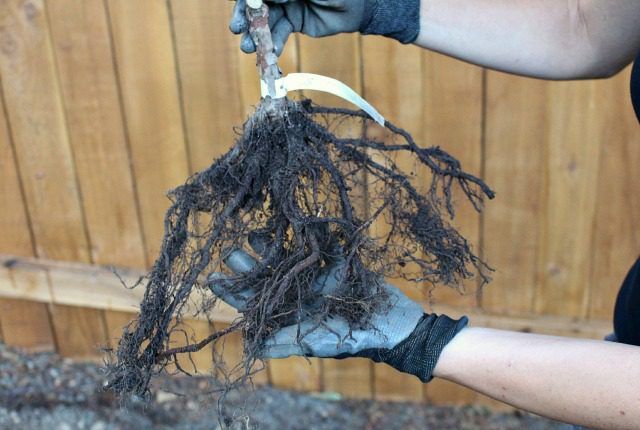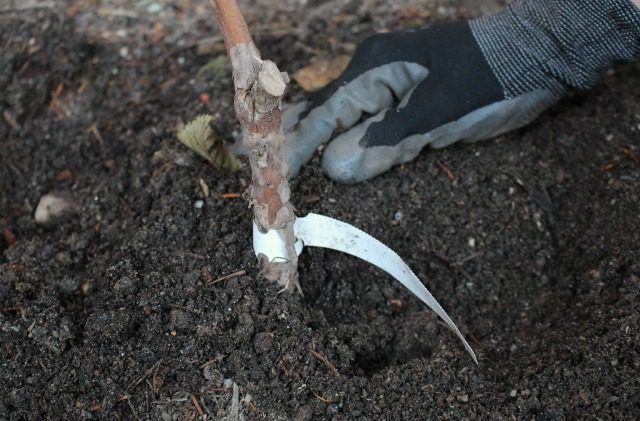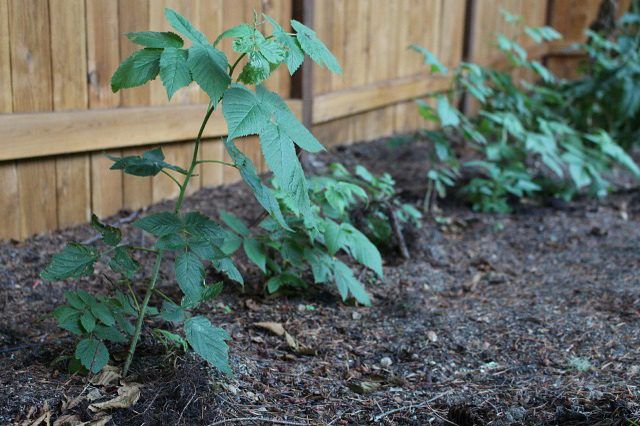Bulbs
Flower Basics
Flower Beds & Specialty Gardens
Flower Garden
Garden Furniture
Garden Gnomes
Garden Seeds
Garden Sheds
Garden Statues
Garden Tools & Supplies
Gardening Basics
Green & Organic
Groundcovers & Vines
Growing Annuals
Growing Basil
Growing Beans
Growing Berries
Growing Blueberries
Growing Cactus
Growing Corn
Growing Cotton
Growing Edibles
Growing Flowers
Growing Garlic
Growing Grapes
Growing Grass
Growing Herbs
Growing Jasmine
Growing Mint
Growing Mushrooms
Orchids
Growing Peanuts
Growing Perennials
Growing Plants
Growing Rosemary
Growing Roses
Growing Strawberries
Growing Sunflowers
Growing Thyme
Growing Tomatoes
Growing Tulips
Growing Vegetables
Herb Basics
Herb Garden
Indoor Growing
Landscaping Basics
Landscaping Patios
Landscaping Plants
Landscaping Shrubs
Landscaping Trees
Landscaping Walks & Pathways
Lawn Basics
Lawn Maintenance
Lawn Mowers
Lawn Ornaments
Lawn Planting
Lawn Tools
Outdoor Growing
Overall Landscape Planning
Pests, Weeds & Problems
Plant Basics
Rock Garden
Rose Garden
Shrubs
Soil
Specialty Gardens
Trees
Vegetable Garden
Yard Maintenance
How to Grow Raspberries
If you do not have a raspberry patch of your own, or you simply want to add new canes to your existing patch, here’s a great how to guide on raspberries.
Raspberries are fairly easy to grow and will continue to produce fruit for many years when cared for properly. When selecting raspberry plants you'll need to choose between summer bearing raspberries or everbearing raspberry plants. Summer bearers will produce one crop per season over about a 2-3 week time period, while everbearing raspberries will produce raspberries throughout the summer and sometimes into the fall if the temperatures are mild enough.

Things You'll Need
Raspberry canes
Garden spade or shovel
Aged compost or manure
Soil with a pH between 6.0-7.0
Sunny location
Water
Trellis or support for canes
Step 1: How to Plant Raspberry Canes

Raspberry canes should be planted in the early spring as soon as the ground can be worked. Dig a hole 6 inches deep by one foot wide. Add in some rotted compost or manure to the hole to give the plant a little boost throughout the growing season. Fan the raspberry roots out so they have plenty of room to spread and then cover with about 2 inches of soil. This will allow new shoots to form and pop through the soil the next growing season.
Step 2: Planting Depth and Distance

Ideally, raspberry plants should be planted 2-3 feet apart in rows 8 feet apart. This will allow new shoots to have room to grow, as well as give you a large enough walking path between rows. Building a raspberry trellis is a good way to support your plants once your first growing season has passed and you can see where your plants have established themselves.
Step 3: How to Care for Raspberry Plants

Raspberries need about 1 inch of water per week and produce best in well drained, fertile soil in full sun but will tolerate some shade. For optimum harvest, raspberries should be planted in a soil pH between 6.0-7.0. If you are unsure about your soil conditions simply pick up an acidity test at your local home improvement center and test the ph level of your soil.
Avoid planting raspberries in an area where you have grown potatoes, tomatoes, strawberries or peppers in the last few years as they are susceptible to the same insects and diseases. You can easily build your own raspberry trellis for less than $50 to make the most of your berry patch.
Step 4: Harvesting Raspberries

You can expect to get 25% the first year 50% the second year and by the third year your raspberry canes should be producing around 100%. Pick raspberries every 2-3 days, avoid picking when wet and make sure to use shallow containers when harvesting so you do not crush the fruit.